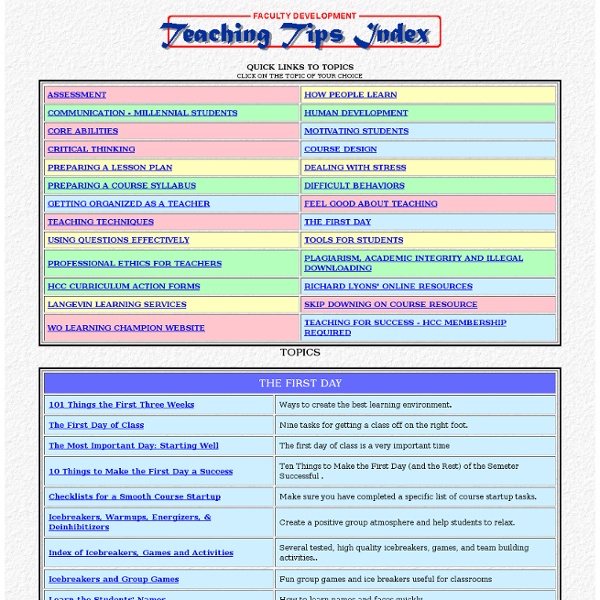TEACHING TIPS

Students Who Make Excuses
Tough Problems: Difficult Students Doug Barrett Christia Brown Angela Griffin AndreaWarner-Czyz Our group covered the "tough topic" of difficult students, which includes a diverse population of students that pose a problem of some sort. 1. 2. 3. 4. Case Study: Bob shows up to class every day on time, and is apparently intelligent and well-versed in the scientific background of the class. Solutions: The common thread running through the literature about disgruntled, unhappy, angry students is this: communication. But communication, through the use of journals, minute papers, and other student writings can give you a clue as to the cause of the student's anger. But there are solutions. A more systematic approach is taken by Downs (1992), who proposes several "steps towards harmony" for dealing with angry and oppositional students. McKeachie (1999) offers some more alternatives. Of course, preventative measures are preferable to reactive, after-the-fact solutions.
Related:
Related:



